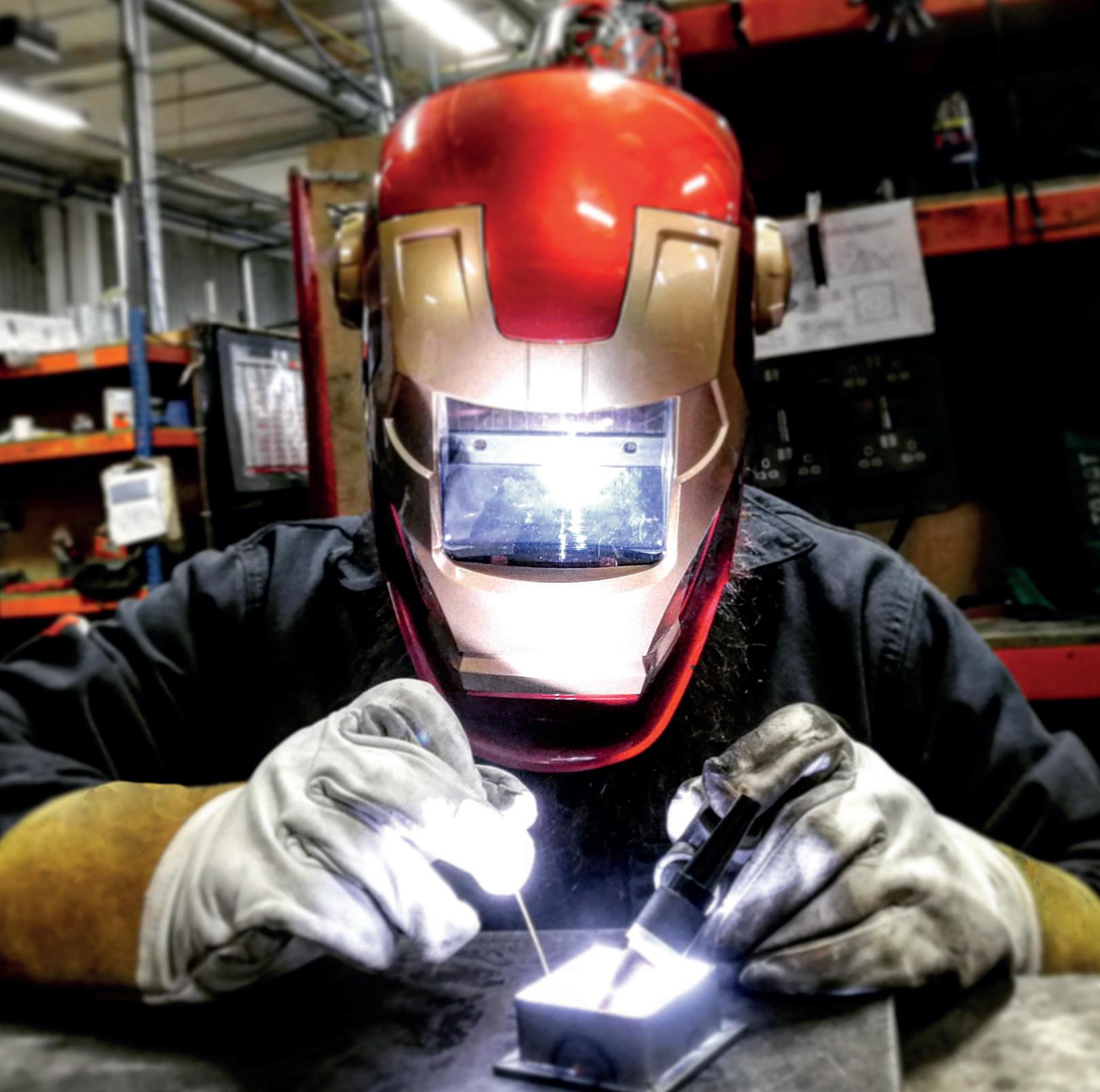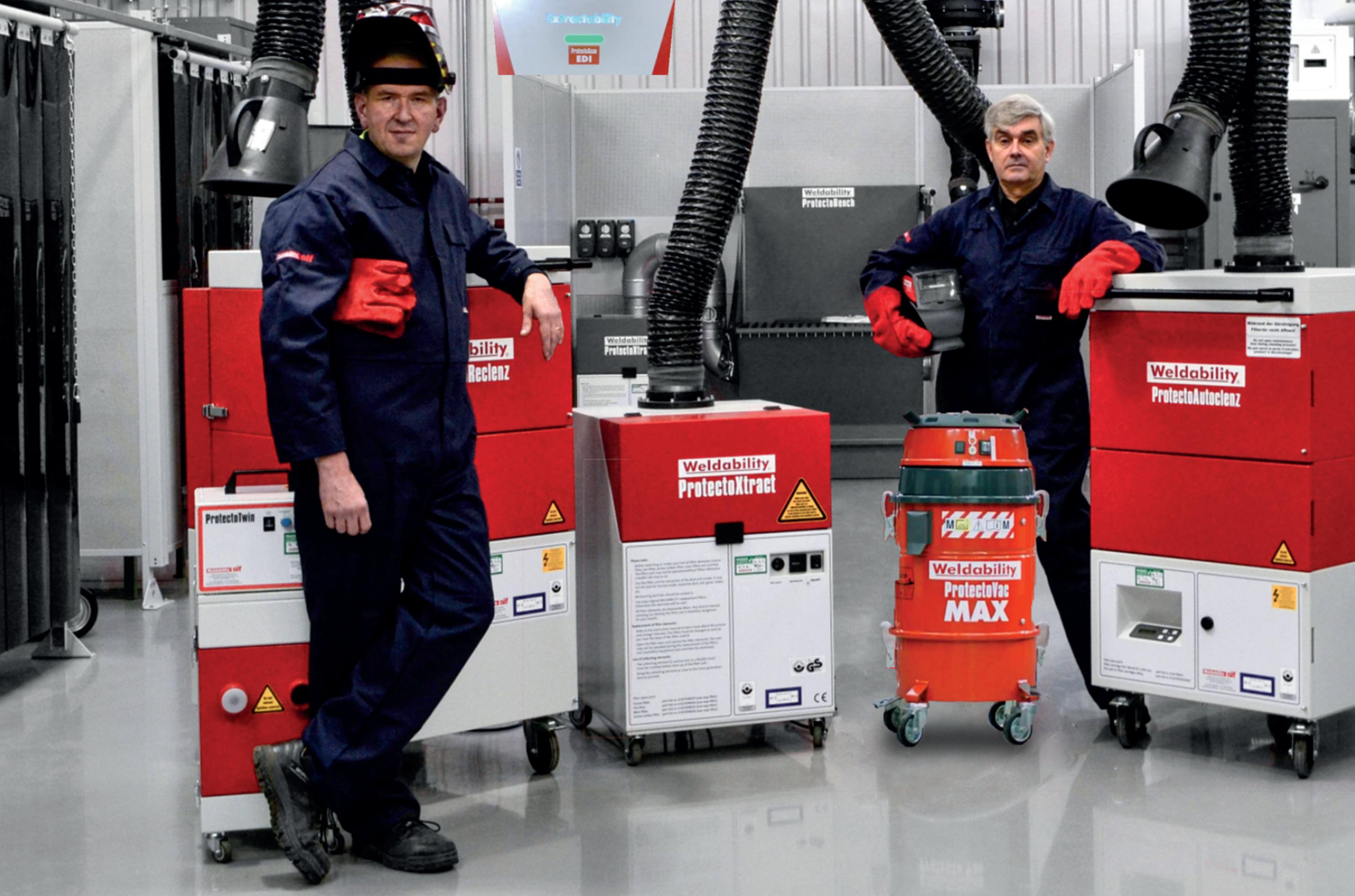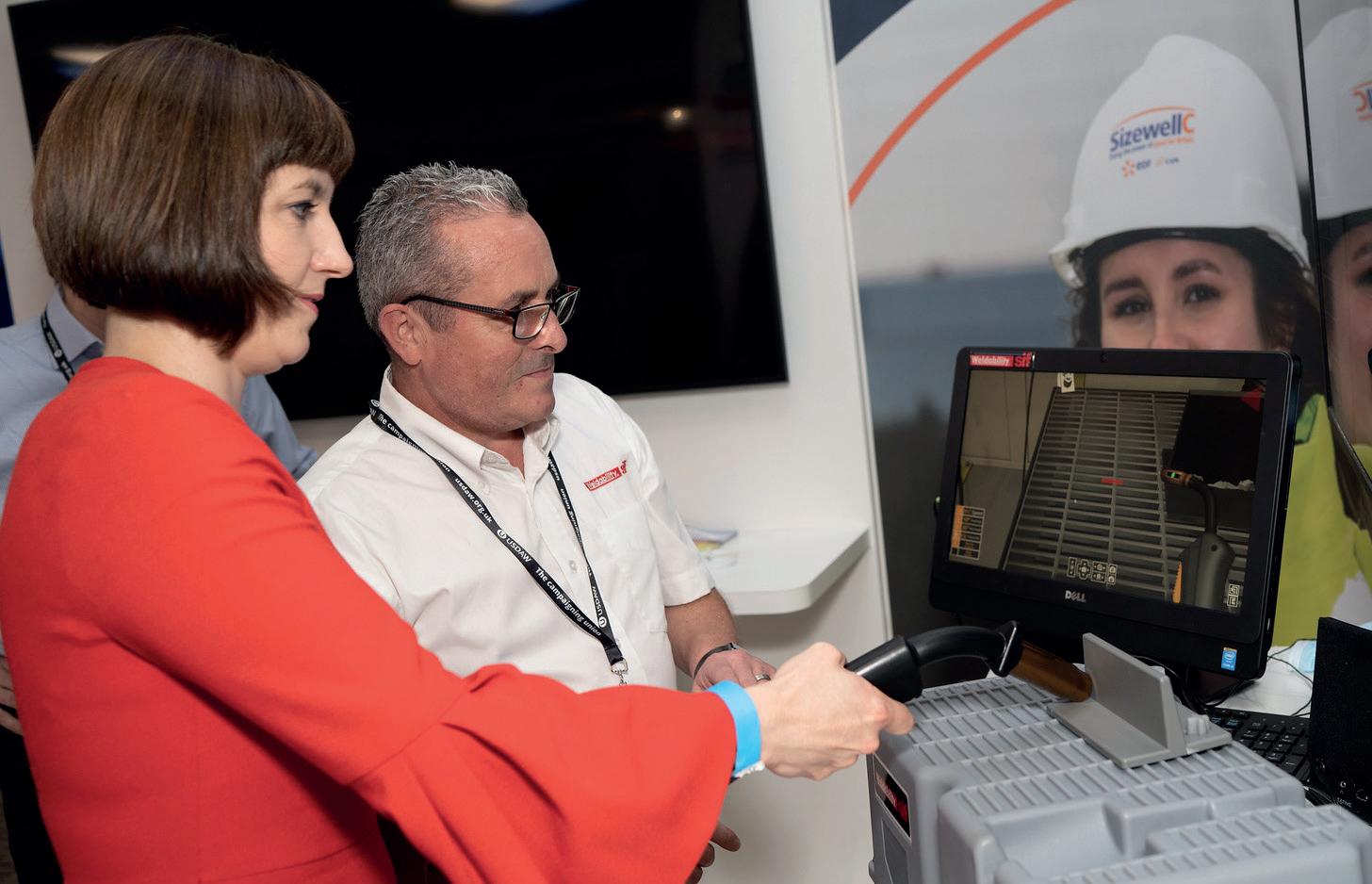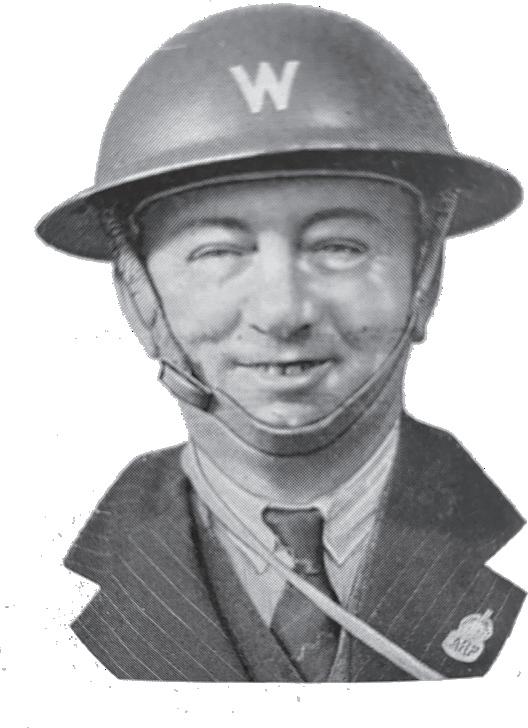
3 minute read
TIG brazing Process basics, a few applications and filler rods explained.
from Sif Tips
TIG BRAZING
PROCESS BASICS AND A FEW APPLICATIONS
Advertisement
TIG Brazing can cover a wide range of applications, from the materials to be joined, joint design, one off special repair job to quantity production. Perhaps the title is a confusion of terms.
The initial reaction is usually that TIG is a fusion welding process and brazing gets obscured with the thought of oxy-acetylene torches, flux powder etc. In practice, the heat source is the TIG arc but run on a low current so as not to melt the material with a suitable filler rod fed into the arc.
This filler rod is quite different from conventional oxy-acetylene ‘silicon bronze’ brazing rod. As the TIG torch provides a protective gas shroud, there is no need for the addition of flux, as with the long established brazing process.
TIG BRAZING ALLOYS sifSILCOPPER No 968 Composition: 96% Cu, 3% Si, 1% Mn Diameters: 1.2, 1.6, 2.4 & 3.2mm Pack sizes: 1.0, 2.5 & 7.5 kgs Conforms to: BS2901 C9, Din CuSi3
Application Example: One customer was using sifSTEEL A15 to complete TIG welds on sheet steel ducting, which was being joined to,a square section frame. The initial problem was distortion due to heat build up and subsequent costs for heat treatment to remove stresses and dress the weld. TIG brazing with sifSILCOPPER No 968 was suggested. The speed of operation is nearly twice as fast as welding as the TIG arc has a temperature of approx 1400C and sifSILCOPPER No 968 melting point is around, 1000 C, some 450C lower than sifSTEEL A15 so the speed of operation is very rapid.
Not only did the customer nearly halve his ‘joining’ time, but found there was only minimal ‘after brazing’ work to bring the components into an acceptable final condition for painting.
sifPHOSPHOR Bronze No 8 Composition: 93% Cu, 7% Sn Diameters: 1.2, 1.6, 2.4 & 3.2mm Pack sizes 1.0, 2.5 & 7.5 kgs Conforms to: BS2901 C11, Din CuSn6
Particularly useful where copper alloys are involved, if the joint is between dissimilar metals (e.g. copper/stainless), if the metal can’t be completely identified or if it is known to be difficult to weld but can be brazed. Application Example: A welder was required to repair an old exhaust manifold, which had been previously welded on a number of occasions where cracks had developed in and around the heat affected zone. Further efforts to TIG weld the material only led to burn through and further cracks. The exact composition of the metal was not known. The solution was for the welder to try Sifphosphor Bronze No 8, working on ground out cracks and suitably reducing the current.
Sifalbronze No 32 Composition: 89% Cu, 10% Al, 1% Fe Diameters: 1.6, 2.4 & 3.2mm Pack sizes: 1.0, 2.5 & 7.5 kgs Conforms to: BS 2901 C13, Din CuAl9Fe
This filler rod alloy has free flowing characteristics making it ideal for close fitting joints which one would expect to find in brazing operations. Application example: A fabricator of specialist bicycle frames, manufactured from T45 (0.2% C, 0.2% Si, 1.5% Mn) steel with socketed tubular joints and lug location. Sifalbronze No 32 was selected because of it has excellent ‘wetting out’ characteristics compared with the other alloys.
GENERAL HINTS Irrespective of the filler rod used, argon is the recommended shielding gas. Always remember that cleanliness of the work piece is a priority for first class results: remove any oxide or grease from the joint area.
PROCESS TIPS TIG brazing is relatively straightforward. The TIG torch needs a thoriated tungsten and dc current (torch +). Whereas TIG welding with say 1.6mm Sifsteel A15 would require 80-95 amps, TIG brazing will only require less than half that current, more in the order of 35-45 amps.
As you can imagine, it is important for the welder to be comfortably positioned with regards to the parts being joined, so that the whole procedure can flow at a relatively fast rate. Maintaining torch and filler rod angles with respect to the workpiece is key, to prevent breakdown of the inert gas envelope to avoid atmospheric contamintion of the joint.SifTIPS










